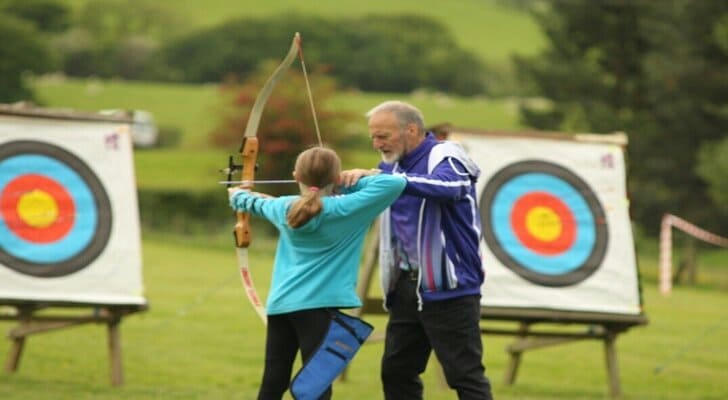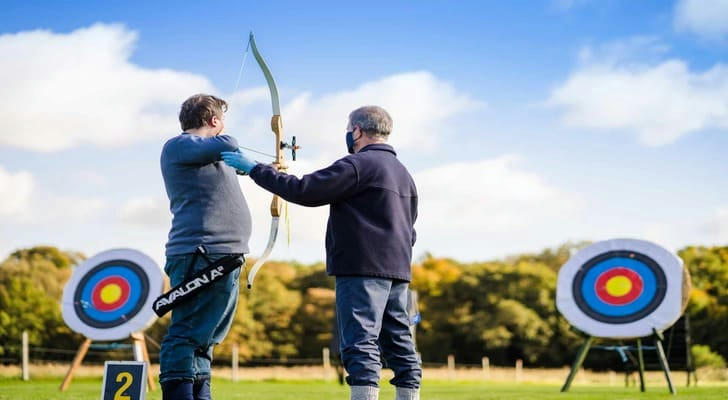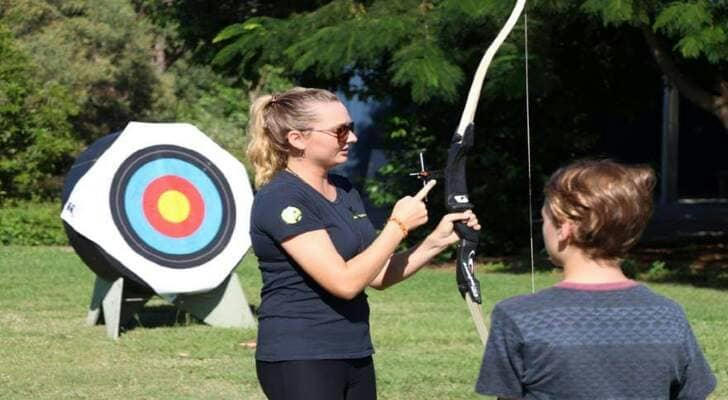Archery Instructor Certification

Archery has grown beyond its ancient roots into a widely practiced modern sport that combines precision, discipline, and mental focus. As interest in the sport continues to rise, so does the demand for qualified archery instructors capable of teaching proper technique, ensuring safety, and inspiring new generations of archers. Becoming a certified archery instructor is not only a rewarding pursuit but also a critical step for those who want to share their passion in a structured and professional way.
Understanding the Role of an Archery Instructor
An archery instructor’s responsibilities go far beyond simply teaching someone how to shoot a bow. Certified instructors play a vital role in ensuring that students understand the fundamentals of archery form, safety rules, and the etiquette of the range. They work with diverse age groups and skill levels, from young beginners in summer camps to adult hobbyists and competitive athletes.
Instructors are also trained to manage group dynamics, assess individual learning styles, and adapt their teaching strategies accordingly. Moreover, they must instill a respect for equipment handling, range safety, and personal discipline—values that are central to the archery community.
Certification Levels and Their Requirements
In the United States, archery instructor certification is most commonly offered through USA Archery, the national governing body for Olympic archery. Their certification program includes multiple tiers, each designed to match the instructor’s experience and teaching scope.
Level 1 Certification is intended for those who assist in beginner-level programs, such as community classes or recreational camps. The focus is on basic instruction, safety procedures, and equipment setup. This level can often be completed in a one-day workshop or online course followed by a practical evaluation.
Level 2 Certification builds on the first and allows instructors to run their own programs and manage a group of students independently. Training includes advanced shooting techniques, lesson planning, and deeper equipment knowledge. A Level 2 instructor must also hold current SafeSport and background check credentials.
Level 3 and beyond are designed for coaching athletes in competitive settings. These advanced levels involve intensive training in biomechanics, mental management, tournament preparation, and athlete development strategies.
Each certification level has specific prerequisites and continuing education requirements to maintain active status, ensuring that instructors stay current with evolving techniques and safety standards.

Training and Educational Components
Certification courses typically combine theoretical knowledge with hands-on practice. Trainees learn the principles of shooting form, including stance, grip, draw, aim, and release. They also cover bow types (recurve, compound, traditional), arrow selection, and tuning techniques. One of the core training elements is understanding how to prevent and manage safety risks, such as range layout, backstop usage, and emergency protocols.
Beyond physical technique, the curriculum emphasizes communication and instructional methods. Instructors are taught how to give clear demonstrations, provide constructive feedback, and motivate students effectively. At higher levels, coursework may also involve sport psychology, physical conditioning, and long-term athlete development.
Career Pathways and Opportunities
Certified archery instructors can pursue a wide range of opportunities depending on their certification level and personal goals. Many find employment or volunteer roles in schools, camps, parks and recreation programs, or archery clubs. Others may choose to open private training sessions or become involved in organizing local competitions and community events.
For those interested in the competitive side of archery, certification also serves as a stepping stone toward coaching high-performance athletes and traveling to national or international tournaments. Moreover, some instructors collaborate with youth organizations like the Boy Scouts of America, 4-H, or JOAD (Junior Olympic Archery Development) to promote archery as a character-building activity.
The flexibility of the certification system means that instructors can tailor their involvement to match their lifestyle—whether that means part-time seasonal teaching or a full-time commitment to athlete development.

Maintaining and Advancing Your Certification
After initial certification, instructors are expected to engage in ongoing learning. This includes renewing certifications at regular intervals, participating in continuing education workshops, and staying updated on rule changes or equipment innovations. USA Archery provides various online modules and in-person clinics to support instructor growth.
Networking within the archery community is also a valuable component of professional development. Attending events, joining instructor forums, and collaborating with other coaches can enhance teaching skills and open doors to new opportunities.
For those who wish to advance, moving up the certification ladder not only deepens one’s knowledge but also increases credibility and influence within the archery community. Advanced certifications allow instructors to take on leadership roles, mentor new instructors, and contribute to the broader development of the sport.
Conclusion
Becoming a certified archery instructor is a fulfilling path that combines personal passion with the opportunity to guide others. Through structured training, hands-on experience, and ongoing development, certified instructors are well-equipped to create safe, engaging, and effective learning environments. Whether working with beginners or shaping future competitors, these instructors play a critical role in preserving and growing the sport of archery.
